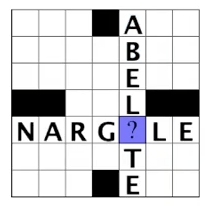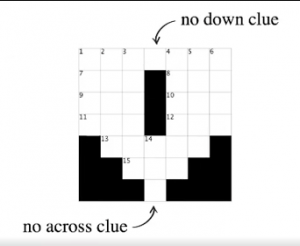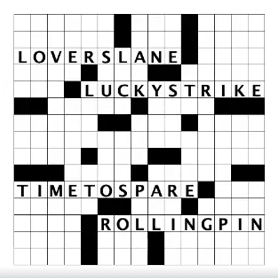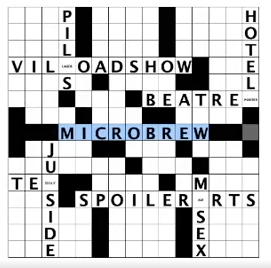Is The New York Times Turning Into A Gaming Platform?
The New York Times puzzle section has evolved significantly over the last 80 years. It began in 1942, when they published their first crossword, and has grown into something more varied and modern for contemporary users. Today, people can come to NYT Games to enjoy it as a gaming platform and not bother with the news sections. This has led to jokes about the future direction of the New York Times and its diversification. Whatever direction it takes, the expansion was clearly the right call.
The Expansion of NYT Games
The Games section really has developed a life on its own in recent years. At one time, the crossword was king, and there wasn’t much else to do. That all changed when global visitors flocked to get their daily fix of Wordle. The company obtained the rights to the game – a massive hit during the pandemic – in 2022. Doing so added some validity to what was a low-key independent game and brought more eyes to it. It is still highly popular and brings countless players onto the site.
This section is also more diverse than newcomers might realize. The crossword is, of course, a key part of the platform, and you can get your daily fix of Sudoku, but there are other games too. Some are word-based, such as Spelling Bee, while others are more visual. Players can pick and choose their favorites or challenge themselves to solve them all during their work breaks. One of the more recent additions was Connections in 2023, which has become the second most popular game – after Wordle.
The decision to embrace gaming more generally hasn’t gone unnoticed. The team renamed the gaming account on Twitter to NYT Games rather than NYT Crosswords because the latter was simply outdated. It isn’t the crossword section anymore. It is so much more and NYT Games has essentially become a recognized brand of its own.
NYT Games is More Popular Than Ever
The decision to diversify and boost the profile of the Game sections is clearly working. A report from 2023 shows that the NYT Games app saw the largest share of time spent on the site by global visitors. NYT Games is more popular than some other sections, including the food and sports.
This has to be partly due to the accessibility of the games. Sports editorials and opinion pieces are still quite niche in comparison. People are still reading the news online, and there is a lot of time spent listening to different podcasts.Industry experts point out that this is just representative of app engagement and not overall engagement with New York Times content. Still, that hasn’t stopped some questioning the next direction for the NYT and its apps. One expert, Matthew Ball, tweeted that the site was turning into a gaming company. This is an exaggeration poking fun at what is a respected newspaper. However, there is a grain of truth to all jokes, and the traffic data can’t be ignored.
There is, in fact, a drive to move away from the more opinionated and dry news and op-ed pieces and offer a wider range of services. This is understandable in a climate where news publications have to be careful not to show their political leanings. There have been subscribers canceling their subscriptions recently because of a biased approach to LGBTQIA+ news stories. Of course, if the New York Times were to write more pieces advocating inclusivity and allyship, they’d lose people and get accused of being “woke”. That is why it is better to cast a wider net and attract a broader range of fish with a more varied selection of content.
Turning Traffic Into Subscriptions
Unsurprisingly, the New York Times has found a way to cash in on this popularity and make this expansion work in its favor. Games is now largely available to subscribers only. You can get a couple of free games on there, but the paywall stops regular visitors getting too much for nothing. This is in line with other titles in the NYT library, such as NYT Cooking and The Athletic. There is also the chance to bundle some features together into bigger packages for perceived value. Subscribers feel like they are getting a good chunk of content for their money and are more willing to pay the monthly rate.
The strategy is working, and many fans are happy to add NYT Games to their list of monthly subscriptions. In fact, the quality and value provided have even brought back some lapsed fans, such as those who boycotted the publication for those aforementioned political issues.
One subscriber surveyed about the platform said they were happy to sign up for the Games package and bypass the news content. They admit that some of the $50 per year fee could end up funding the work they were against, but it’s a compromise they can live with. It’s safe to say that others who felt uncertain about paying for the NYT for similar reasons may now be inclined to take the same Games-only route.
Higher-ups at the New York Times are aware of the growth potential here. They see the subscription to Games as a possible gateway portal into other content and subscription packages. People who had no interest in the publication before may now turn to it for their news and lifestyle features purely out of familiarity.
The Future of NYT Games
There is no intention for the Games section to become a priority or a massively separate division because the New York Times has more important things to deal with. Right now, there seems to be the right balance between creating an engaging gaming platform and using that to bring people into the wider world of NYT content.
The company saw the way the tide was turning when it came to online media and news outlets and adapted accordingly. The expansion of Games was the obvious way to deflect attention away from the op-eds and attract a new group of casual visitors. It paid off.
The next step is to maintain the Games platform in a way that stays true to the company’s goals and continues to keep players interested. If they can get access to the successor to Wordle and Connections, that will go a long way to maintaining people’s interest. That, and the right subscription packages, will make NYT Games a very successful enteprise for years to come.
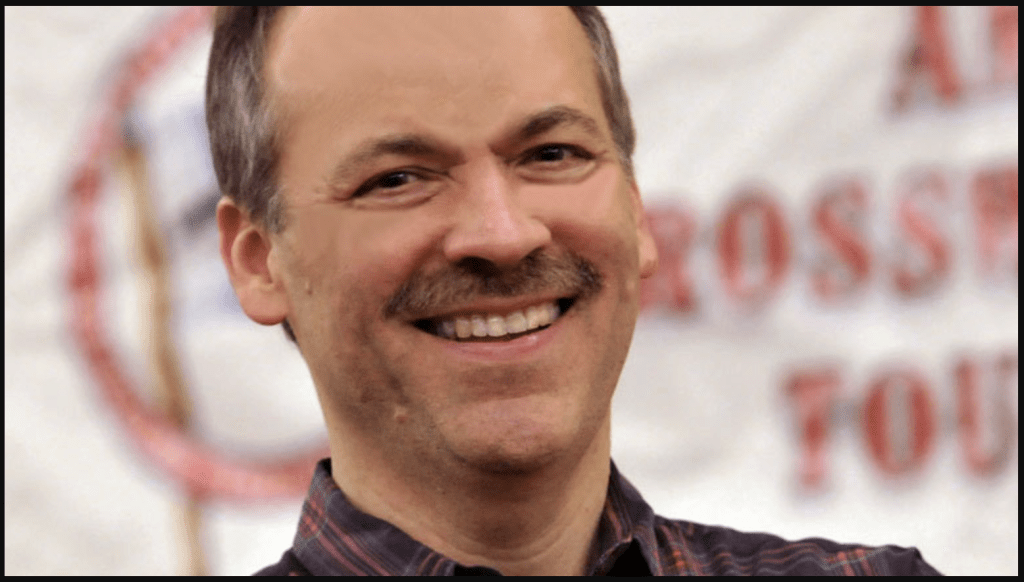
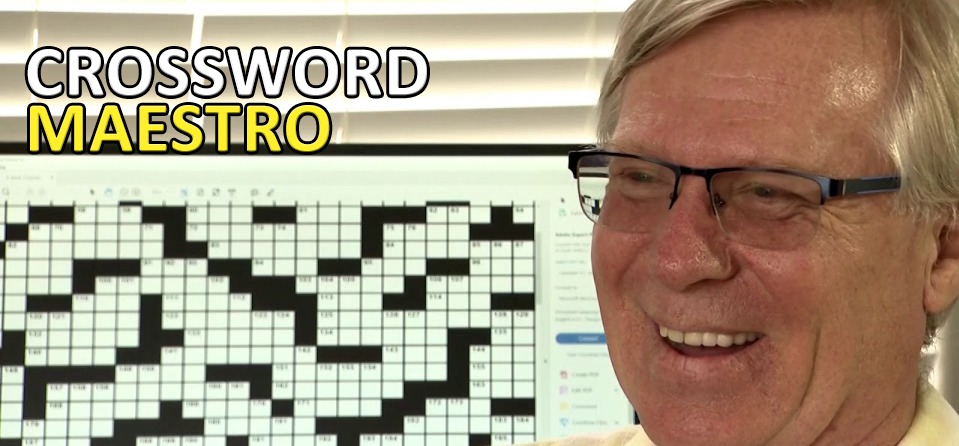
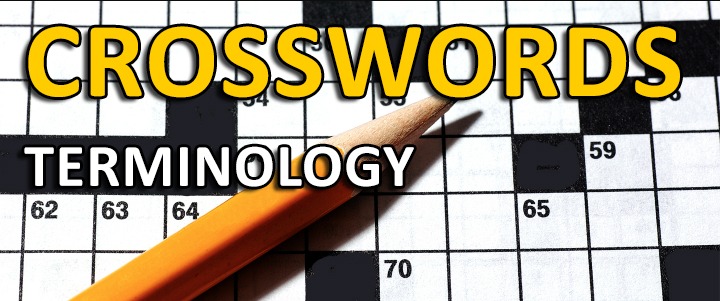
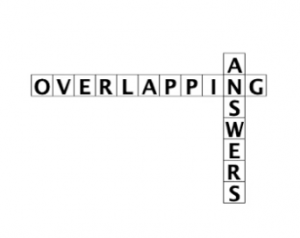
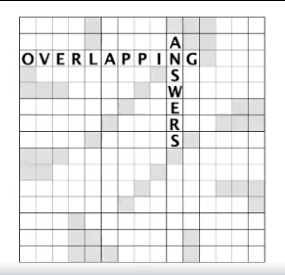
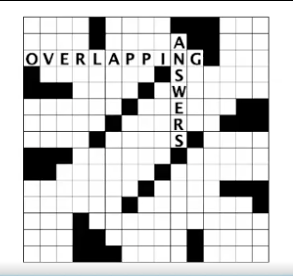
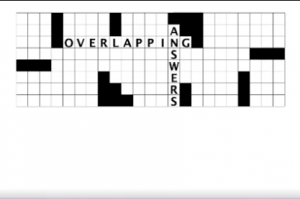
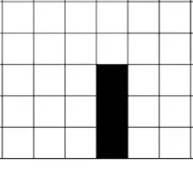
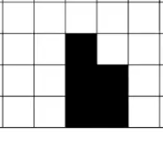
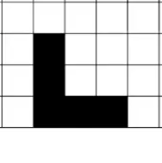
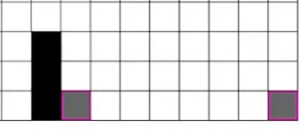
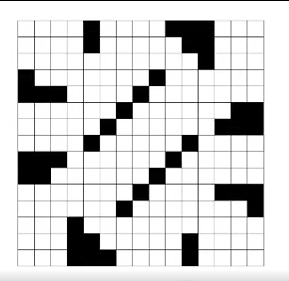
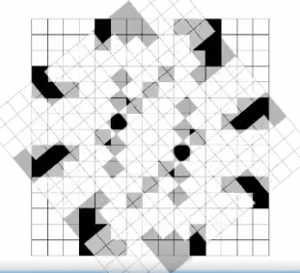
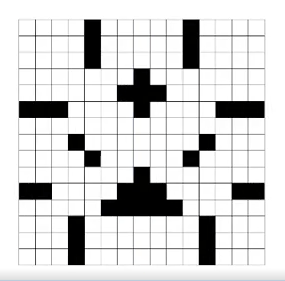
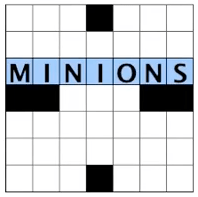 Get filled in answer Slots also known as Words. If you add up all the answer words, both down and across, you will get the total word count of the crossword.
Get filled in answer Slots also known as Words. If you add up all the answer words, both down and across, you will get the total word count of the crossword.